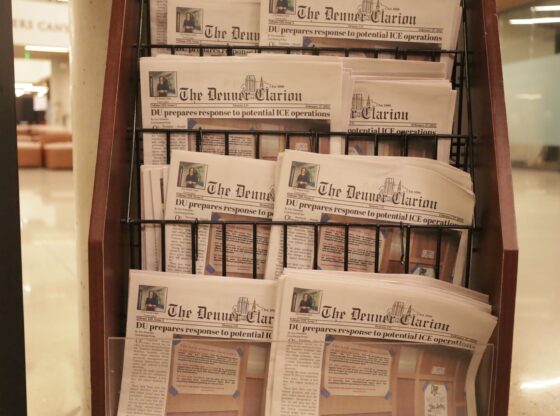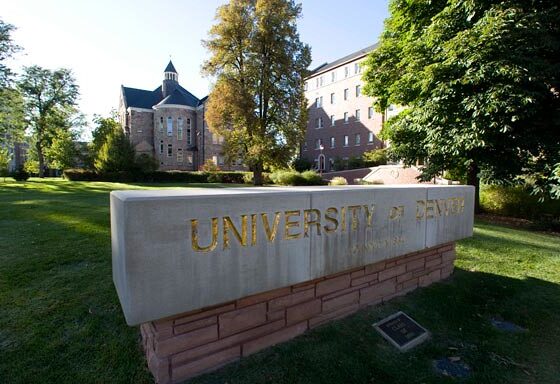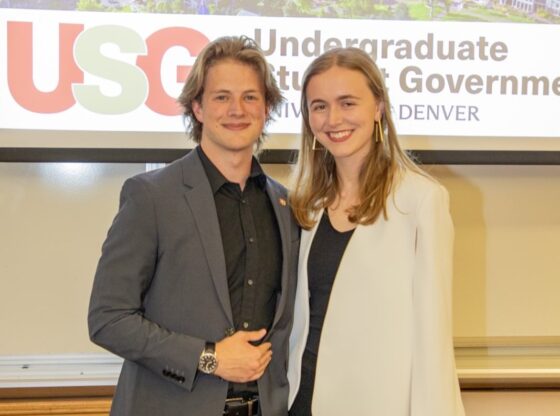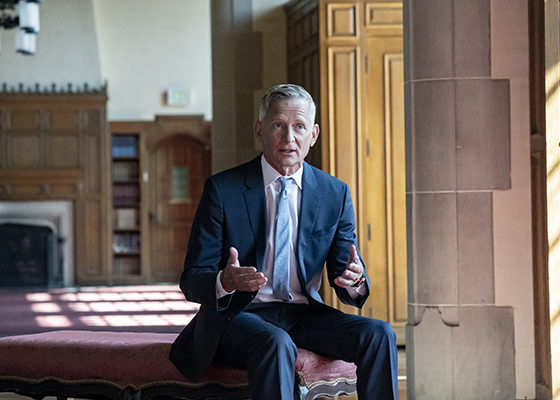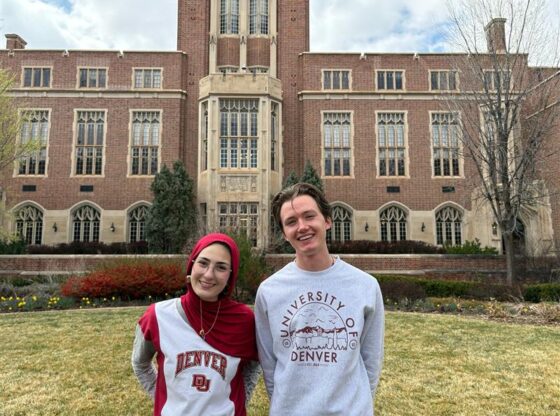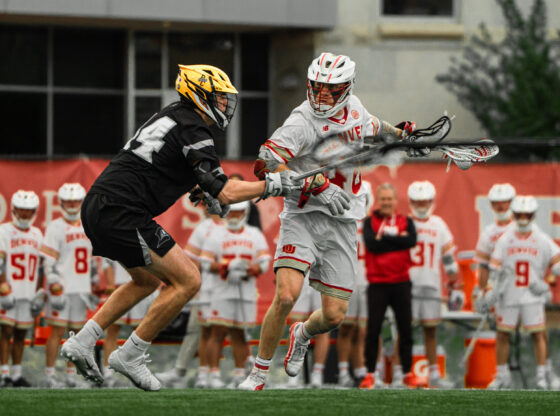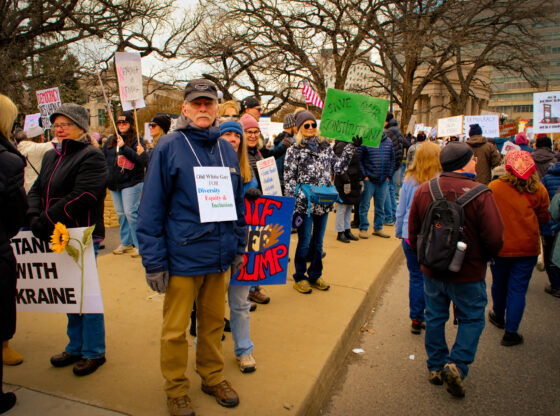The University of Denver started a new Energy Conservation Program to reduce the overall consumption of energy, save money for faculty enhancement and preserve the environment. The program was planned four months ago, but the concrete actions started at the beginning of fall quarter. Ryan Johnston, manager of the program, sent all DU staff members a memo explaining the steps that should be taken into consideration. “I think it will take some time until everybody respects the program,” Johnston said. “But, yes, I believe it will work.”The program consists of simple day-to-day actions such as turning off heating, cooling, lights, computers, printers and coffee makers when leaving rooms. Faculty should also make sure windows are closed when heating or cooling is on and use natural light when possible. According to Johnston, the university pays over $3 million per year in energy costs. These costs directly impact the resources available to students, teachers and their general needs. The goal of this program is to save 10 to 15 percent of these cost and use it to improve the facilities.”The money saved will be reinvested to improve the existing system and infrastructure, allowing an even higher reduction in energy consumption, ” Johnston said. “This would then allow more resources to be directed to the faculty.”Even if the main goal of the program is to save money, the environment remains an important aspect of the program. In the future, the money saved could allow the university to install and use renewable energy programs. Johnston also started to work with the environmental team at DU for a bigger and better impact on student’s behavior. “We’ll help each other to have better results in our respective programs,” Johnston said. Johnston denied the fact that a 10 percent increase in tuition will take place to support the Energy Management Program. He said that his remuneration was coming only from money saved by the program. “If I want to get paid, it will have to work,” Johnston said.Reports of savings will be given periodically on a large scale, and each month all buildings and administrators will be informed of their current level of saving. This will allow people to get feedback on what they accomplish and their investment in the program.



